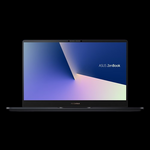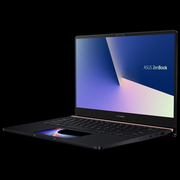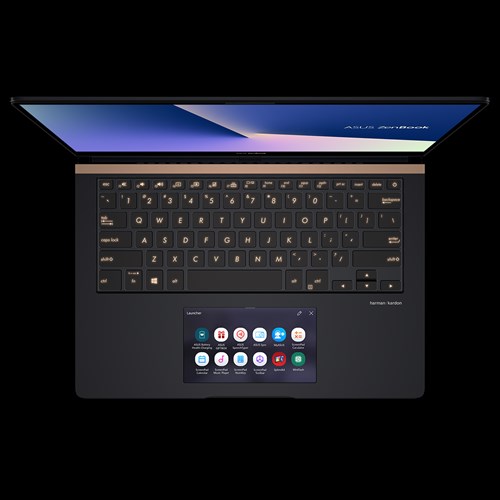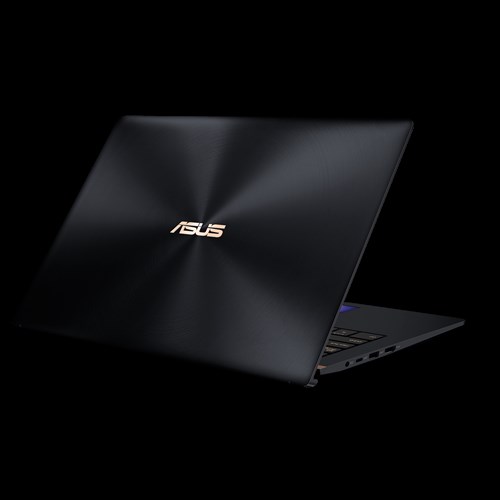Asus ZenBook Pro 14 UX480FD
Specifiche tecniche

Price comparison
Media dei 2 punteggi (dalle 5 recensioni)
recensioni per Asus ZenBook Pro 14 UX480FD
Sorgente: NDTV Gadgets
 EN→IT Archive.org version
EN→IT Archive.org versionAsus knows that it will grab headlines and eyeballs with the ScreenPad, but we fear that real-world use will prove to be a bit complicated. A secondary Users will especially struggle with when to use it like a touchscreen as opposed to a trackpad. A lot will also depend on software makers, and wide support is not guaranteed, considering that this isn't an industry standard. We'll have much more detail when we get to use and live with the new ZenBook Pro models over a longer period of time. If and when Asus launches them in India, we'll have a full, detailed review.
Confronto, disponibile online, Corto, Data: 06/05/2018
Sorgente: Hardware Zone
 EN→IT Archive.org version
EN→IT Archive.org versionASUS’ new ZenBook Pro 14 and 15 have two screens each, and that’s not even due to some new-fangled design in the style of the company’s Project Precog concept PC. Instead, the 5.5-inch trackpads on the laptops serve double duty as touchscreen IPS displays, and they’re meant to improve your ability to multi-task.
Confronto, disponibile online, Medio, Data: 06/05/2018
Sorgente: Com! - 6/19

Singola recensione, , Corto, Data: 05/15/2019
Valutazione: Punteggio totale: 95%
Sorgente: Computerhoy
 ES→IT Archive.org version
ES→IT Archive.org versionSingola recensione, disponibile online, Lunghissimo, Data: 06/09/2019
Valutazione: Punteggio totale: 89%
Sorgente: Xataka
 ES→IT Archive.org version
ES→IT Archive.org versionSingola recensione, disponibile online, Lungo, Data: 06/06/2018
Commenti
NVIDIA GeForce MX150:
Scheda grafica per laptop basata su Pascal GP108 e versione mobile della GeForce GT 1030. Offre 384 core shader e solitamente 2 GB GDDR5 con un bus di memoria a 64 bit. Realizzata in 14 nm.
Ridurre la distanza delle Schede Grafiche per gli utenti che vogliono utilizzare il videogiochi. I nuovi giochi dovrebbero funzionare su queste schede, ma con riduzione dei dettagli e risoluzione mediocre.
>> Ulteriori informazioni le potete trovare nel nostroConfronto delle schede grafiche e nella nostra Lista dei Benchmark.
i5-8550U:
Processore Kaby-Lake-Refresh basato su un processore quad-core low power. I quattro cores hanno un clock tra 1.8 e 4 GHz (Turbo Boost) e supportano l'HyperThreading. La GPU integrata ha un clock tra 300 e 1,150 MHz. Il SoC è realizzato in 14nm+ FinFET.
>>Ulteriori informazioni le potete trovare nel nostroConfronto dei processori per portatili.






